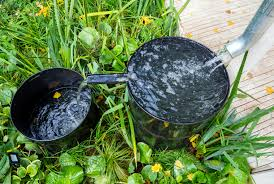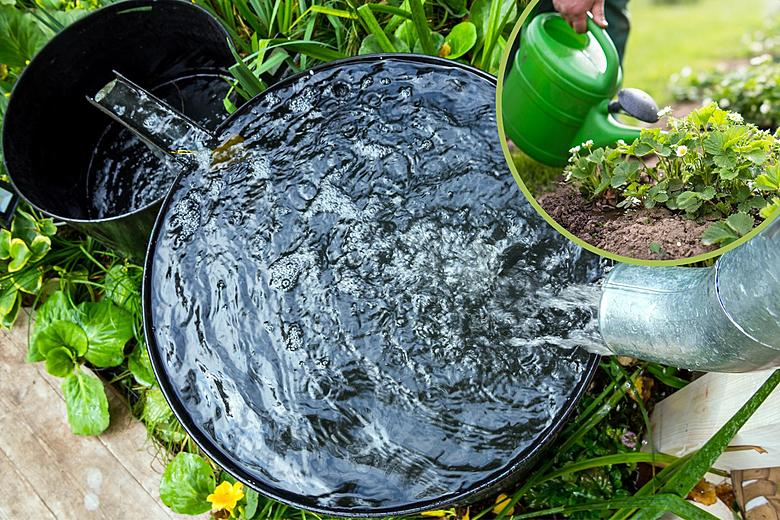
In today’s world, where water shortages are becoming more common, learning how to collect rainwater is not just smart it’s essential. Rainwater harvesting, or collecting rainwater, is an age-old technique that’s making a big comeback. With rising home utility bills and growing concerns about water conservation, more people are turning to the skies to find sustainable solutions.
Rainwater harvesting is easy, eco-friendly, and budget-conscious. Whether you live in a city apartment or a countryside home, there’s a method of collecting rainwater that can work for you.

Across the globe, many regions are struggling with water scarcity. Droughts, population growth, and climate change are putting pressure on freshwater sources. In cities, stormwater runoff often floods drainage systems and pollutes rivers and lakes.
Collecting rainwater solves multiple problems at once. It reduces your dependency on municipal water, lowers your water bill, and helps the environment by reducing runoff and water pollution. Rainwater is free, and with the right setup, you can collect hundreds or even thousands of liters a year.
Governments in countries like India, Australia, and the United States are already promoting rainwater harvesting as a key sustainability practice. In some areas, installing a rainwater harvesting system is even mandatory for new buildings.
Rainwater harvesting systems vary in size and complexity, but the idea is simple: capture rainwater, store it, and use it when needed.
Basic system includes:
Homeowners often use collected rainwater for gardening, washing vehicles, flushing toilets, and even laundry. With additional filtration, it can even be used for drinking and cooking, though that requires more advanced systems and regular maintenance.
There are two main types of systems: surface runoff harvesting and rooftop harvesting.
For outdoor uses like gardening or car washing, rainwater is perfectly safe. For indoor use like flushing toilets or doing laundry, basic filtration is advised.
If you plan to drink the rainwater, the system must include proper disinfection and regular maintenance. A combination of UV filters, carbon filters, and sediment filters can make the water safe for consumption. However, it’s always best to test the water regularly and follow local health guidelines.
Starting small is often the best option. A simple rain barrel under a downspout can collect up to 200 liters of water during a moderate rainfall. You can add a mesh screen to keep mosquitoes and leaves out. For those wanting more water storage, larger tanks and underground systems are available.
Some essential tips:
Before setting up a system, check local rules. In most areas, rainwater harvesting is legal and encouraged. However, some places require permits or have limits on the amount you can collect.
Also consider your local climate. In dry areas, a larger tank may be needed to collect as much water as possible during short rainy seasons.

With the global population growing and freshwater resources shrinking, collecting rainwater will become even more important. Cities around the world are adding incentives, tax breaks, and rebates for households that install rainwater harvesting systems.
Many architects and builders are now designing homes with built-in rainwater collection systems. In smart cities, rainwater is being used for everything from irrigation to cooling systems in buildings.
Rainwater is a gift from nature that too often goes to waste. With just a bit of planning and a small investment, you can tap into this free, renewable resource. Whether you’re a homeowner, farmer, or city dweller, learning how to collect rainwater is one of the easiest and most impactful steps you can take toward sustainability.
In a time when every drop counts, rainwater harvesting offers a practical, eco-friendly, and cost-effective solution. Start collecting rainwater today it’s good for your wallet, your garden, and the planet.
Read More:- Deyaar’s Latest Announcement Shakes Up the UAE Property Market
